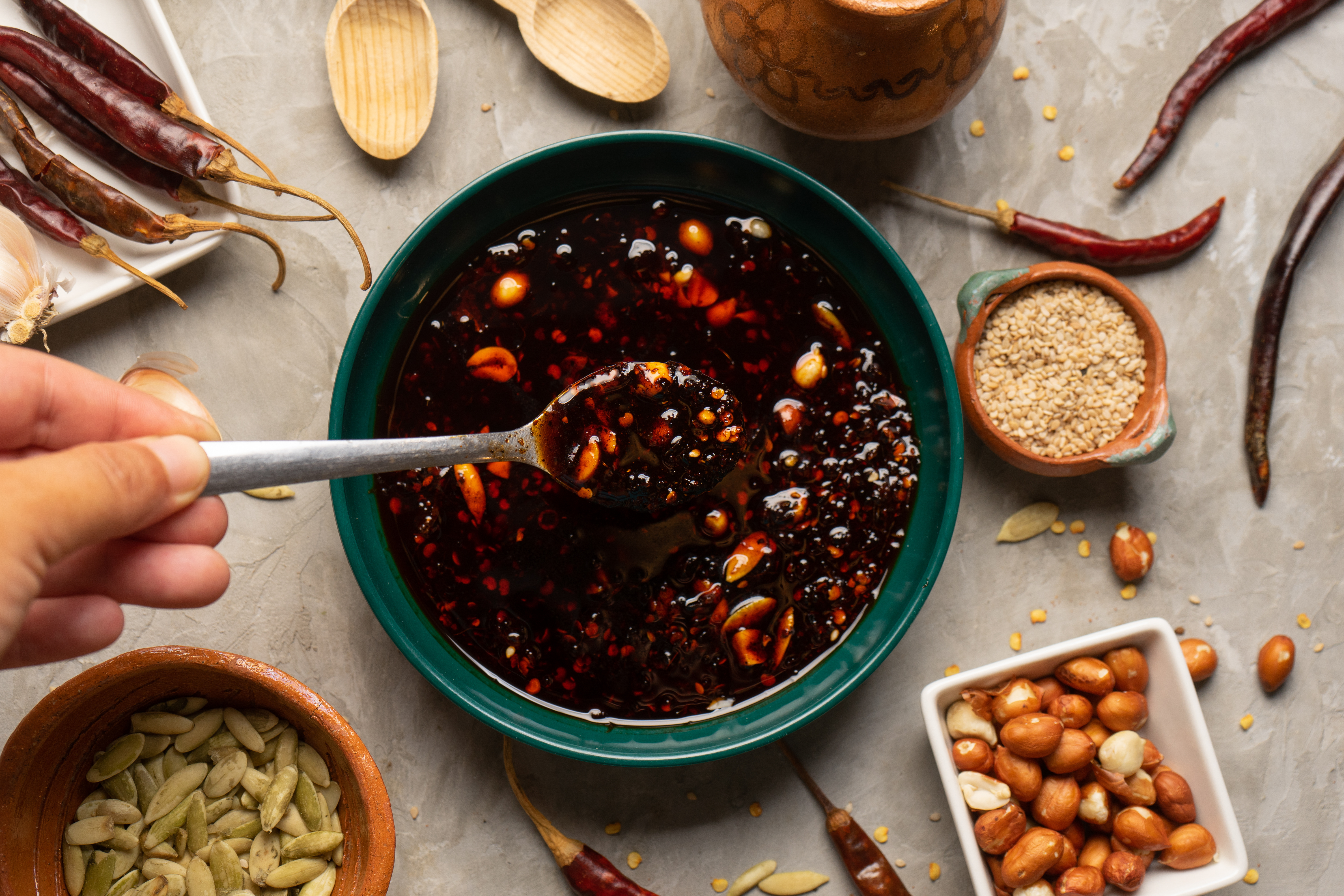Chinese Food Culture - The Cultural Significance of Chilli Sauce in Different Cuisines
Chinese Food Culture
The Cultural Significance of Chilli Sauce in Different Cuisines

Chilli sauce is a beloved condiment that has played a significant role in the culinary history of many cultures around the world. From Mexican salsas to Korean gochujang, chilli sauce is a versatile ingredient that adds heat and depth of flavour to dishes. However, in Asian cuisine, chilli sauce holds a special cultural significance that dates back centuries. Let's explore the history and cultural importance of chilli sauce in various cuisines.
In Chinese cuisine, chilli sauce's versatility is a testament to its cultural significance. It acts as a flavour enhancer, adding depth, heat, and complexity to stir-fries, noodles, soups, and even dipping sauces. Whether it's the famous Mapo Tofu, Kung Pao Chicken, or Dan Dan Noodles, chilli sauce brings a punch of flavour that is both addictive and satisfying.
In Korean cuisine, gochujang is a fermented chilli paste made from red pepper powder, glutinous rice, and soybeans. Gochujang is used in many Korean dishes such as bibimbap, tteokbokki, and kimchi. The fermentation process gives the sauce a slightly sweet and tangy flavour, making it a unique addition to Korean cuisine.
In Thai cuisine, nam prik is a type of chilli sauce made with roasted chillies, shrimp paste, fish sauce, and lime juice. Nam prik is often served with fresh vegetables, pork rinds, or fish crackers. It is a popular condiment used in Thailand and other Southeast Asian countries.
In Chinese cuisine, chilli sauce is used in various dishes such as stir-fries, hot pot, dumplings, and noodles. There are many regional variations of chilli sauce in China, each with its unique flavour profile and texture. For example, Sichuan cuisine is famous for its numbingly spicy and aromatic chilli oil, while Hunan cuisine uses fresh and dried chillies to create a balanced, spicy flavour.
In Japanese cuisine, shichimi togarashi is a Japanese spice blend that includes red pepper, sesame seeds, and dried orange peel. Shichimi togarashi is often used as a condiment for udon noodles, soba noodles, and grilled meats. It adds a spicy and citrusy flavour to Japanese dishes.
Asian cuisine, in general, places a significant emphasis on the use of chilli sauce. Many traditional Asian dishes incorporate chilli sauce in their preparation, making it an integral part of the cuisine. The cultural significance of chilli sauce in Asian cuisine is reflective of the value placed on bold flavours, communal eating, and the use of fresh ingredients.
In conclusion, chilli sauce has a long and delicious history in various cuisines around the world. From Chinese noodles to Korean gochujang, chilli sauce is a versatile ingredient that adds heat and flavour to dishes. However, in Asian cuisine, chilli sauce holds a special cultural significance that reflects the region's culinary traditions and values. The communal approach to making and sharing food is an essential part of Asian culture, and chilli sauce is a perfect example of this. So, the next time you enjoy a spicy bowl of noodles or a flavourful hot pot, remember the cultural significance and history behind the chilli sauce that makes your meal delicious.
Check out our full range of Chilli Sauce available https://au-nz.lkk.com/en/products?saucetype=chilli-sauce
 Corporate Site
Corporate Site